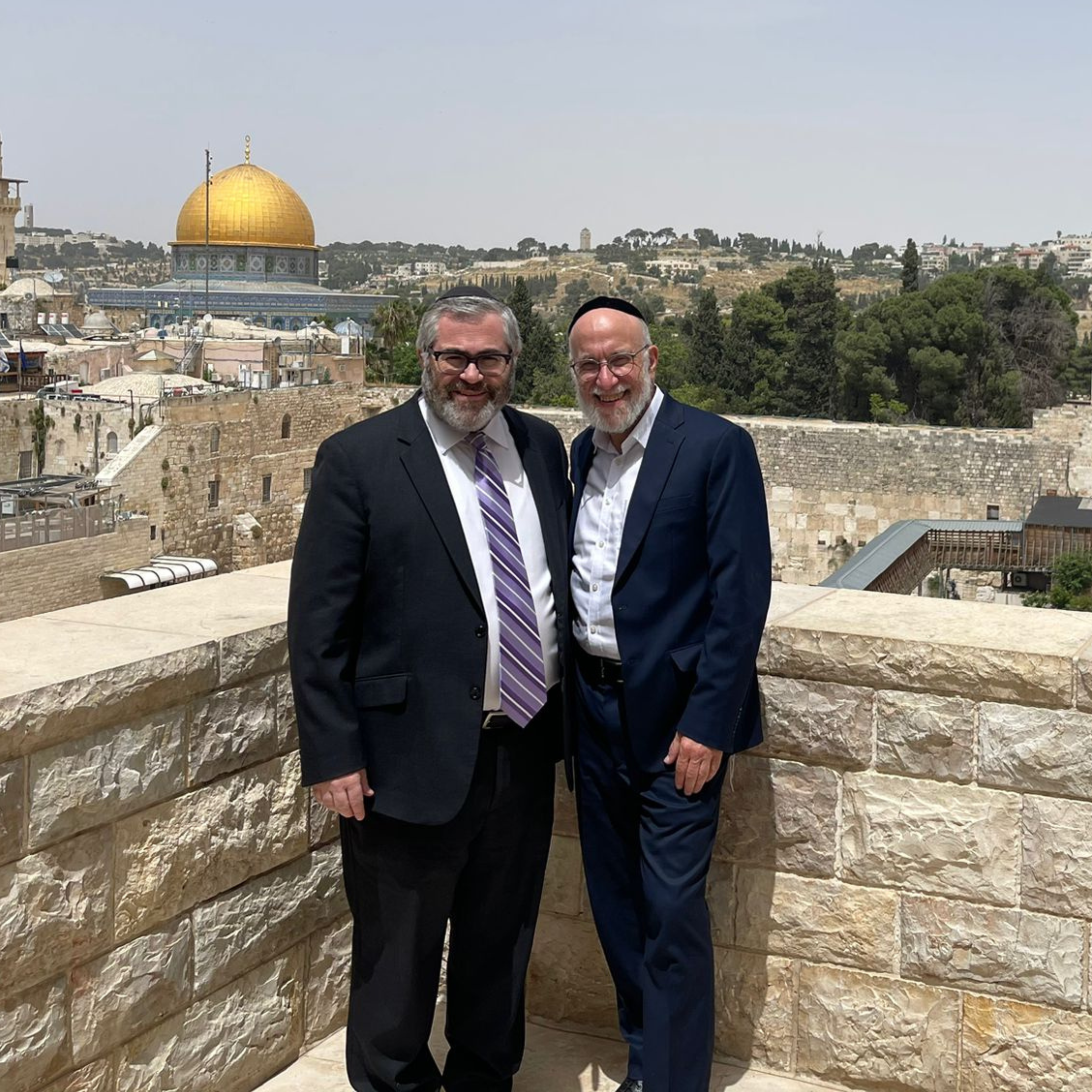A devoted zoo keeper, in a small town, faced a major challenge: the gorilla had died suddenly, leaving them without one of their most exciting “attractions.” Lacking the funds to import and replace the star of the zoo, the owner came up with a plan, and offered an employee double his pay for dressing up in a gorilla suit and playing the part.
Excited for the extra money, the employee accepted the challenge. He was a hit! Day after day he would strut around the gorilla enclosure, beating his chest, enjoying bananas and entertaining the visitors. People were enthralled.
One afternoon, while swinging from a vine, he slipped and fell out of the enclosure and rolled down the hill into the lion’s cage, landing in front of the ferocious, hungry lion. He cowered in the corner, screaming and preparing for what he imagined to be his final moment. The lion then leaned in, and through gnarled teeth whispered in his ear, “Be quiet! If you don’t stop your screaming, you’ll blow both of our covers and ruin it for all of us!”
Our sedra describes the בגדי קודש, the “holy garments” of the priests, with striking emphasis and elaborate detail. These “uniforms,” which empowered the Kohanim to serve in the sanctuary, included the kutones—a full-length linen tunic, michnasayim—linen breeches, the mitznefes or migbaas—a linen turban and the avnet—a sash or belt at the waist. Kohen Gadol also wore the efod—an apron-like garment made of blue, purple and red-dyed wool, linen and gold thread; the choshen—a breastplate containing the precious stones inscribed with the names of shevatim; the meil—a woolen cloak adorned at the hem with golden bells and pomegranates; the golden tzitz worn on his forehead, bearing the inscription ׳קדוש לה — “Holy to Hashem.”
As we are in the midst of a leap year; this weekend marks “Purim Katan,” the 14th of Adar Rishon. Now Chazal’s call to prepare for the coming celebration is in effect. We are to study the laws and meaning of each holy day “30 days in advance” (Megillah 32). While acknowledging that Purim is beyond daas and causality, and ultimately, there’s no way to prepare for such a transcendent reality, we study, contemplate and try to make hachanos—spiritual preparations as best we can. It’s time to get moving on our Purim costumes.
The custom to wear costumes reflects the day’s theme of hiddenness and revelation—it is not only part of the raucous fun of Purim. Getting dressed up in costume and hiding our identity allows us to imagine the depths that lie beneath our superficial social appearance and self-appearance.
… Into shul walks a cartoon version of an ex-president and someone wearing a Middle-Eastern jalabiya. Seated next to Mordechai HaYehudi, there is a pink unicorn and a child with a fake beard wearing vestments—as described in our parsha. Who are they really? Are these the people we see every Shabbos and know so well? Are we our social roles, our appearances, our “garments,” or are we—in our daily life—actually playing fictional characters? Perhaps, the “personas” we put forth within a professional setting, and even the one we wear among friends, are indeed like “costumes.” But who are we?
“Persona” derives from the Greek “prosopon—mask.” Ancient Greek actors wore a “prosopon” on stage—but not to conceal themselves, rather to “reveal” their character and their inner emotions to the audience. Our Purim mask, too, reveals something that we hide. Megillas Esther means “revelation of the hidden.”
The Ribbono Shel Olam, too, wears a mask, concealing the divine self behind natural events, causes and effects, history, politics and a veneer of “coincidence.” The world is Hashem’s costume; on Purim, we have a heightened opportunity to peek beneath this mask at who He really is.
As we “dress up” for different roles in life, our actions and choices also fluctuate. Our behaviors are “levushim—garments” which can conceal our true desire to live with Yidishkeit and make holy choices. Sadly, in the beginning of the Megillah, we participated in the unkosher feast of Achashverosh. This caused certain concealments and negative effects for us. But “nahafoch-hu—(the king’s) decree was reversed,” and by the end of the story, we reaccepted and upheld the Torah. On Purim, we realize that beneath our “costume” is who we really are: a Jew eternally and essentially connected to Hashem.
Perhaps, the most meaningful costume is dressing up as “myself”—revealing “me,” a Jew who desires closeness with Hashem. But no matter what we wear this Purim, may we not hold back from being and revealing our true self—our true essence—personally and nationally. Galus is but a concealment and mask, a costume we have worn for far too long. So, let us dress in בגדי כהונה—garments of Jewish pride, holiness and strength, as befitting a nation of priests. And may Hashem Yisborach not hold back as well, and may He remove His mask of concealment and “put on a different costume,” as the prophet promises:
וַיִּלְבַּשׁ צְדָקָה כַּשִּׁרְיָן וְכוֹבַע יְשׁוּעָה בְּרֹאשׁוֹ וַיִּלְבַּשׁ בִּגְדֵי נָקָם תִּלְבֹּשֶׁת וַיַּעַט כַּמְעִיל קִנְאָה:
“And He donned righteousness like a coat of armor, and a helmet of salvation is upon His head, and He donned garments of vengeance as His attire, and He was clad with zeal as a cloak.” (Yeshayahu, 59:17)
This Purim Katan, let us already blow the cover of the exile we are in and awaken the great “nahafochu” we are all waiting for …
Rav Judah Mischel is executive director of Camp HASC, the Hebrew Academy for Special Children. He is the mashpiah of OU-NCSY, founder of Tzama Nafshi and the author of “Baderech: Along the Path of Teshuva.” Rav Judah lives in Ramat Beit Shemesh with his wife Ora and their family.











